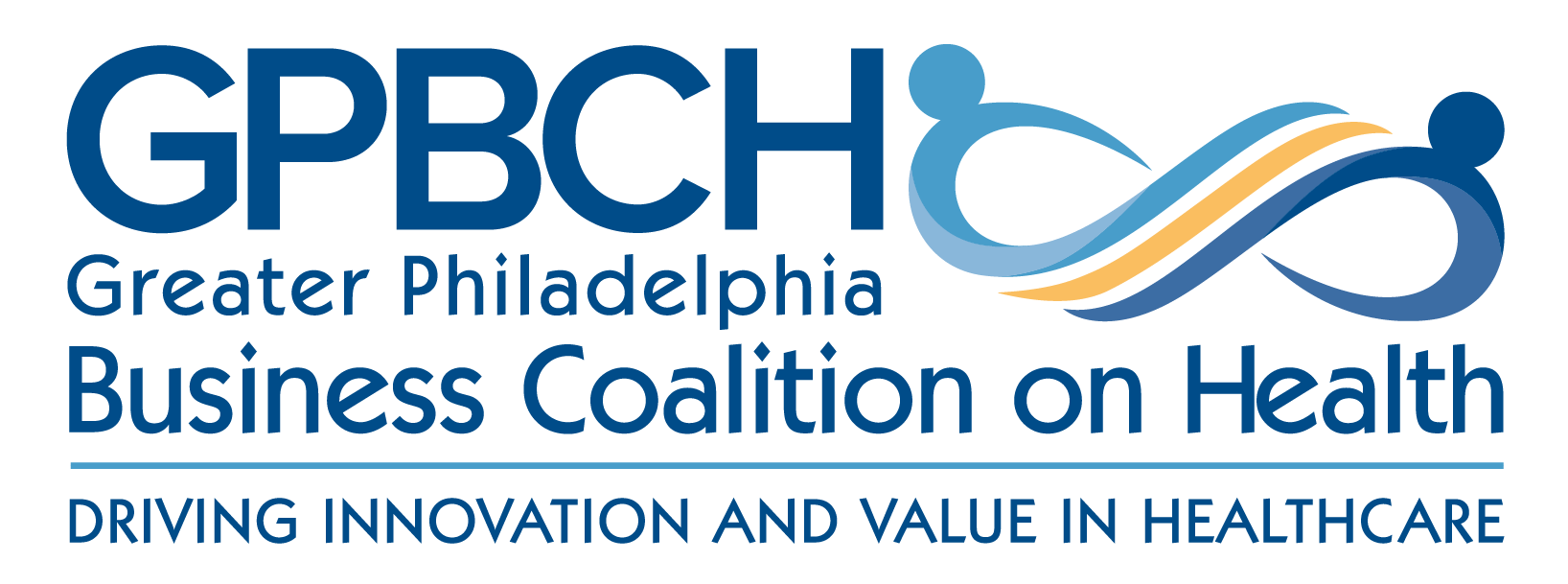
Fendrick: Embrace of VBID Even More Crucial Amid Equity Conversations, Braidwood Ruling

Kicking off the 2023 Greater Philadelphia Business Coalition on Health annual conference, Mark Fendrick, MD, of the University of Michigan, delivered a keynote exhorting the audience of employers and payers to implement the principles of value-based insurance design (VBID) in order to improve individual and population health and drive toward equity.
Kicking off the 2023 Greater Philadelphia Business Coalition on Health annual conference, Mark Fendrick, MD, of the University of Michigan, delivered a keynote exhorting the audience of employers and payers to implement the principles of value-based insurance design (VBID) in order to improve individual and population health and drive toward equity.
Fendrick, director of the University of Michigan V-BID Center and co–editor in chief of The American Journal of Managed Care®, took the audience on a 30-minute walk through a 30-year journey, from the birth of the VBID idea to the current moment ripe for its implementation. There is a tension between what health care can do—enabled by cutting-edge clinical advances such as chimeric antigen receptor T-cell therapy—and what we do do, which is often constrained by coverage restrictions and a patient’s ability to pay.
Everyone in the room has the power to exert leverage over changing the conversation from how much we spend to how well we spend, Fendrick noted, because the current status quo of blunt cost-sharing requirements is unacceptable.
“My patient should not have to have a bake sale to afford her insulin,” Fendrick said. “She should not have to go online and start a fundraising campaign to get a cancer drug that was designed to treat her tumor.”
Employers and payers face fiscal realities that do not allow them to cover every service for every beneficiary, but instead they can invest in the services that make people healthier and set patients’ out-of-pocket costs according to the clinical value of a service, not its price. Fendrick noted that past implementations of these VBID principles showed that the individuals who benefited the most were those in underserved populations—those in minority racial/ethnic groups, those with low incomes, those with complex chronic diseases—which aligns with the increasingly recognized emphasis on health care equity. VBID is an avenue for employers and payers to walk the walk on equity and not just talk the talk.
For those payers hesitant to embrace VBID, Fendrick reminded them that they already have been doing so as required by the Affordable Care Act (ACA), which mandates coverage of more than 90 high-value preventive services at no cost.
“The Biden administration feels that more Americans have been impacted by the preventive services provision in the ACA than by any other policy in the history of health care in the US,” Fendrick said.
It’s not a heavy lift to pick 1 or 2 services and change your benefit design to make them less expensive for patients, he encouraged the audience, especially considering you’ve done it for these services already, perhaps without even knowing it.
There is a caveat that brings uncertainty, however: the
Fendrick went on to tout several examples of how VBID principles have been put in to practice in federal policymaking, including a Medicare Advantage pilot that pays for nonmedical elements like transportation, nutrition support, and pest control; the insulin co-pay cap of $35 for Medicare patients within the Inflation Reduction Act; and the provision allowing health savings accounts to pay for chronic disease management services predeductible.
The answer to the audience’s concerns about financial pressures and cost neutrality, Fendrick said, is to create headroom by slashing spending on the low-value care that doesn’t make Americans any healthier and at worst can cause harm. An analysis he conducted found that 7 services given a D rating by the US Preventive Services Task Force cost $478 million per year for Medicare beneficiaries alone.
The idea to combine the principles of eliminating barriers to high-value care and discouraging low-value care gave rise to the VBID-X plan, which provides a model for payers looking to implement VBID. It offers lists of high- and low-value services that should be covered and their suggested coverage levels. Fendrick noted that coverage is not the only consideration in access: Prior authorization should not apply to high-value services, but to the services that patients do not need, keeping in mind the ultimate goal of improving health and reducing waste.
Several state exchanges have adopted these VBID-X principles as part of putting their commitment to equity front and center, and the District of Columbia exchange has gone a step further by placing behavioral health care for children and adolescents on its high-value list, considering the current youth mental health crisis.
That’s the beauty of VBID, Fendrick explained: Employers and payers get to select what outcomes matter to them and put into place the benefit design to make them happen.
For anyone hesitant to take the leap, he encouraged them to start small, then realize that embracing VBID does not require huge spending but brings significant health benefits realized by employees and dependents.
“I’m not suggesting this is going to save the US health care system, but if you’re interested in walking the walk, about changing your benefit design to improve individual and population health and especially with a motivation to enhance equity, these are the things I would suggest you do,” Fendrick concluded.
Newsletter
Stay ahead of policy, cost, and value—subscribe to AJMC for expert insights at the intersection of clinical care and health economics.








